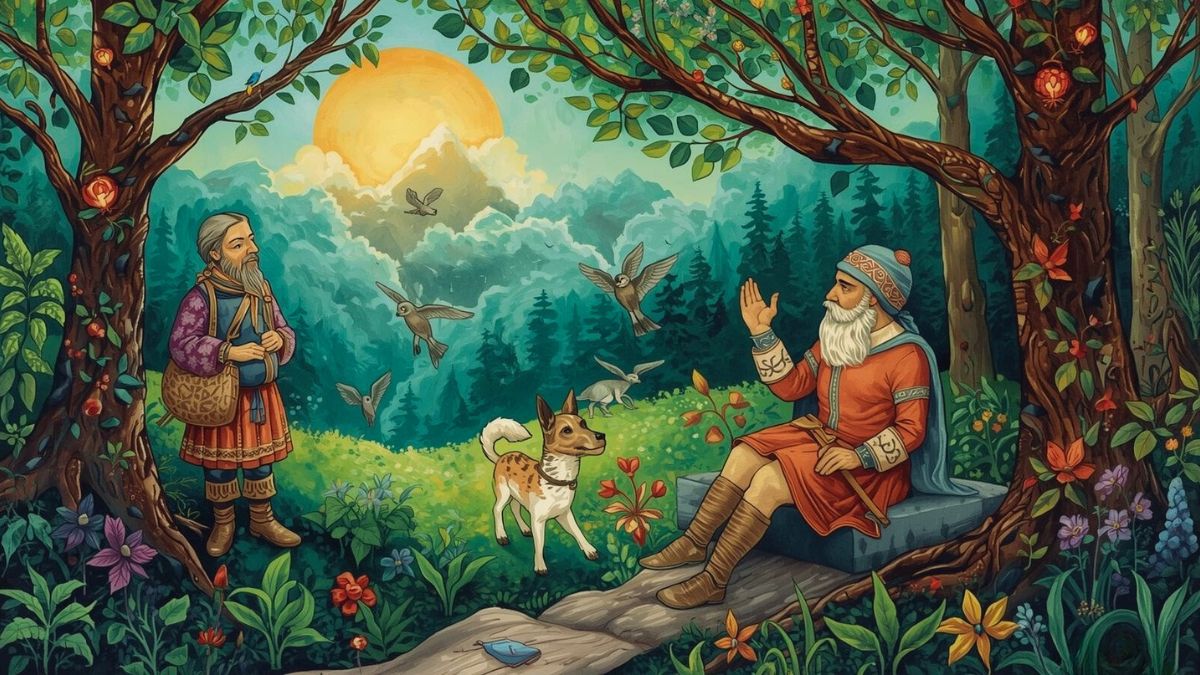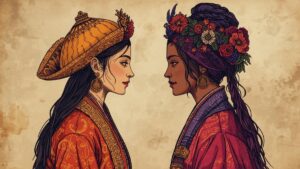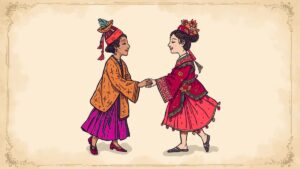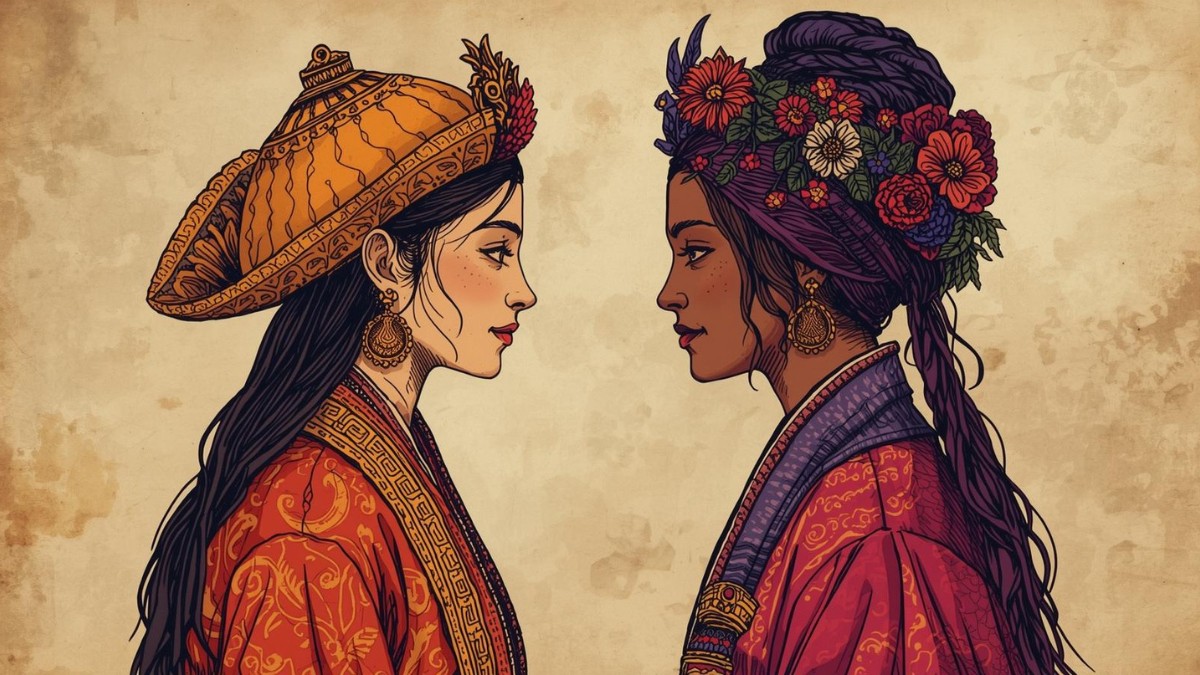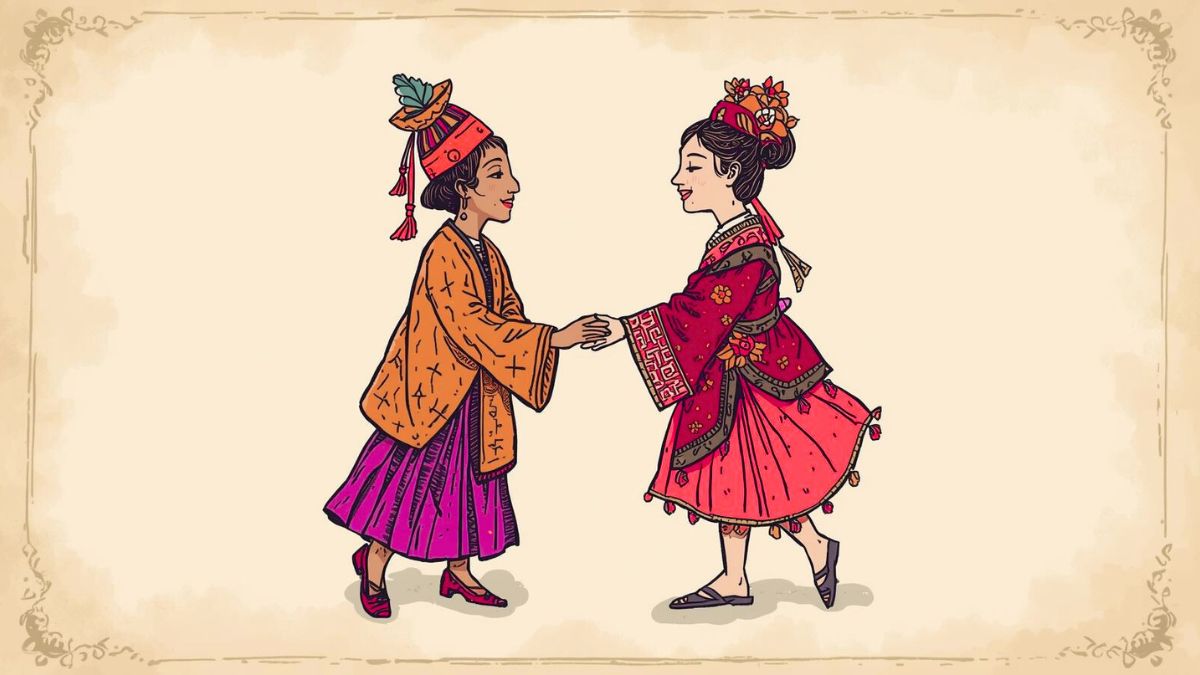Folk Tales and Their Historical Significance
Folk tales, an enduring form of storytelling, have captivated societies for centuries, transcending generations and geographical boundaries. These narratives, often steeped in tradition, serve as a vital repository of cultural heritage and collective wisdom. Originating from various corners of the world, folk tales are universal in their appeal, echoing the shared human experience through diverse cultural lenses.
Historically, folk tales have been more than mere entertainment. They have functioned as essential tools for imparting moral lessons, shaping communal values, and reinforcing societal norms. By embedding ethical dilemmas and resolutions within their plots, these stories have subtly guided behavior and instilled virtues in young listeners. The oral tradition, a primary medium for these tales, ensured their transmission from one generation to the next, preserving the essence of a culture’s ethos and worldview.
Across different cultures, folk tales often mirror the fears, hopes, and values of the societies from which they originate. For instance, European fairy tales frequently feature themes of bravery and justice, reflecting societal aspirations for fairness and heroism. Similarly, African folk tales, rich with animal characters and natural elements, highlight the importance of community, respect for nature, and the interconnectedness of life. These tales, though varied in content and style, share a common purpose: to educate, entertain, and provide a sense of identity and continuity.
The universality of folk tales underscores their significance in shaping communal values. Despite cultural differences, the core themes of these stories resonate universally, emphasizing virtues such as honesty, kindness, and perseverance. As a reflection of societal norms, folk tales offer insights into the collective psyche, revealing the underlying principles that govern human interactions and societal structures.
In essence, these tales are a powerful source of storytelling in preserving cultural identity and imparting timeless lessons. Their historical significance lies not only in their longevity but also in their ability to adapt and remain relevant, continuing to influence modern society in subtle yet profound ways.
Folk Tales in Modern Literature and Media
Folk tales have had a profound impact on modern literature and media, serving as a rich source of inspiration for contemporary storytellers. These traditional narratives, with their timeless themes and archetypal characters, continue to resonate with audiences, finding new life in books, movies, and television shows. For instance, Disney movies have long been known for adapting folk tales to create beloved animated classics. “Snow White and the Seven Dwarfs,” “Cinderella,” and “Beauty and the Beast” are prime examples of how folk tales have been transformed to suit modern tastes while retaining their core messages of morality, love, and perseverance.
The influence of folk tales extends beyond animated films. In literature, authors often borrow elements from these age-old stories to craft new narratives. Neil Gaiman’s “Stardust” and “The Graveyard Book” are modern works that draw heavily from folklore, blending traditional motifs with contemporary storytelling techniques. Similarly, J.K. Rowling’s “Harry Potter” series is replete with references to folk tales, from the use of magical creatures to the hero’s journey archetype.
Television also showcases the enduring appeal of folk tales. Shows like “Once Upon a Time” and “Grimm” reimagine classic stories, weaving them into complex, multi-layered plots that captivate modern audiences. These adaptations often explore deeper themes and character development, reflecting contemporary societal issues while staying true to the essence of the original tales.
The appeal of folk tales lies in their universality. Their themes of good versus evil, the triumph of the underdog, and the quest for identity are as relevant today as they were centuries ago. This timeless quality ensures that folk tales will continue to influence modern storytelling, providing a rich narratives that reflect both our shared heritage and our evolving cultural landscape.
The Psychological Impact of Folk Tales
Folk tales have long been an integral part of human culture, influencing the psychological development of individuals, particularly children. These stories serve as a medium for teaching moral lessons, fostering empathy, and aiding in cognitive development. Numerous psychological studies have underscored the benefits of storytelling in childhood development, highlighting how folk tales can help children navigate complex life situations and build emotional resilience.
One of the primary roles of folk tales is the imparting of moral lessons. Characters in these stories often face dilemmas or challenges that require them to make choices between right and wrong. Through the consequences faced by these characters, children learn about the values of honesty, bravery, kindness, and justice. This moral framework provided by folk tales helps children develop a sense of right and wrong from an early age.
Moreover, folk tales are instrumental in developing empathy. By identifying with the characters and understanding their emotions, children learn to empathize with others. This process of perspective-taking is crucial for social development, as it enhances the ability to understand and share the feelings of others. Studies have shown that storytelling can significantly improve a child’s emotional intelligence and social skills.
In addition to moral and emotional development, folk tales also contribute to cognitive growth. The narrative structure of these stories helps children improve their language skills, memory, and imagination. Engaging with folk tales stimulates cognitive processes such as pattern recognition and logical thinking. For example, the repetitive elements often found in these stories aid in memory retention and comprehension.
Psychological theories, such as Vygotsky’s social development theory, emphasize the importance of cultural tools, like folk tales, in cognitive development. According to Vygotsky, children learn and develop cognitively through social interactions and cultural narratives. Folk tales, being a rich source of cultural knowledge, play a vital role in this developmental process.
Furthermore, folk tales help children understand and cope with complex life situations. The archetypal themes of struggle, triumph, and transformation found in these stories provide children with frameworks for understanding their own experiences. This can be particularly beneficial for building emotional resilience, as children learn that challenges are a part of life and can be overcome.
For further reading on the psychological impact of storytelling, you can refer to this Psychology Today article and this NCBI study.
Folk Tales and Cultural Identity in the Modern World
In the contemporary globalized world, the role of folk tales in preserving and promoting cultural identity remains significant. These traditional narratives, passed down through generations, serve as cultural touchstones that offer insight into the values, beliefs, and customs of various communities. Despite the rapid changes in society brought about by technological advancements and globalization, folk tales continue to be a vital tool for cultural preservation and education.
Folktales play a crucial role in cultural preservation efforts. Many organizations and initiatives around the world are dedicated to keeping these stories alive. For example, the International Society for Folk Narrative Research (ISFNR) and the American Folklore Society are at the forefront of efforts to document, study, and share folk narratives. These organizations provide resources for educators and researchers, ensuring that folk tales remain accessible to future generations.
In educational settings, folk tales are used to teach students about their heritage and the diverse cultures that make up our global society. By integrating folk tales into curricula, educators can promote cultural literacy and foster a greater understanding of different cultural perspectives. This approach not only helps preserve these stories but also bridges cultural gaps, allowing for mutual understanding and respect among diverse communities.
Moreover, folk tales can serve as a means of fostering mutual understanding among diverse communities. By sharing stories from different cultures, individuals can gain a deeper appreciation for the richness and diversity of human experiences. Initiatives like StoryCorps and the Global Storytelling Network work towards this goal by creating platforms for people to share and listen to folk tales from around the world.
For those interested in exploring more about folk tales and their impact on cultural identity, numerous organizations and projects focus on preserving and promoting these narratives. The Smithsonian Center for Folklife and Cultural Heritage and UNESCO’s Intangible Cultural Heritage program are excellent starting points for learning more about ongoing efforts to keep folk traditions alive.

